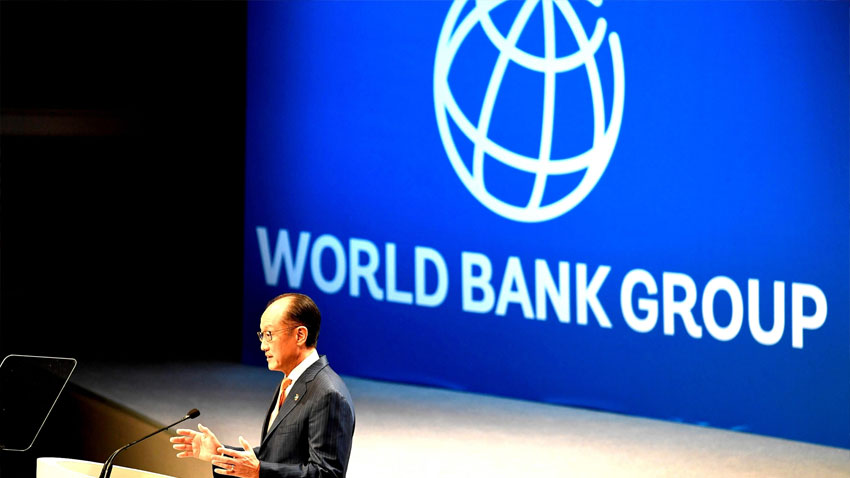
The report forecasts a 7pc fall in prices for both 2025 and 2026 due to weak economic growth, a swelling oil surplus, and ongoing policy uncertainty. The decline, while sharp, will still keep prices above pre-pandemic levels — 23pc higher in 2025 and 14pc higher in 2026 compared to 2019.
Energy costs are plunging, helping cool global inflation. Lower rice and wheat prices have also made food more affordable for developing nations. Yet, the report warns that the imbalance in oil supply continues to grow. The global oil glut in 2025 is already 65pc higher than the last peak in 2020 and is expected to expand further.
As demand for electric and hybrid vehicles rises and oil use stagnates in China, Brent crude is projected to drop from an average of $68 in 2025 to $60 in 2026 — the lowest in five years. Overall energy prices could fall by 12pc in 2025 and another 10pc in 2026.
Food prices are expected to ease, declining 6.1pc in 2025 and 0.3pc in 2026. Soybean prices will drop due to record production and trade tensions but may stabilise later. Coffee and cocoa prices are also forecast to decrease in 2026 as supply conditions improve.
However, fertiliser prices tell a different story. They are set to jump by 21pc in 2025 because of high input costs and trade restrictions, before easing 5pc in 2026. The World Bank warned that this could hurt farmers’ profits and affect future crop yields.
Read more: Double tax on ATM and bank transactions - Non-filers face another big blow
In contrast, precious metals are surging. Gold is expected to jump 42pc in 2025 and another 5pc in 2026, nearly doubling its 2015–2019 average as investors seek safety amid economic uncertainty. Silver is also projected to rise by 34pc in 2025 and 8pc in 2026, reaching record highs.
The report noted that if global growth remains weak or oil production by Opec increases, commodity prices could fall even more. Meanwhile, geopolitical conflicts, sanctions, or supply disruptions could push oil and safe-haven assets like gold higher than predicted.
It also cautioned that extreme weather, such as a stronger La Nina cycle, could disrupt crops and drive up food and energy prices. Growing energy demand from artificial intelligence and data centers may also lift prices of base metals like aluminum and copper.
The World Bank urged countries to focus on innovation, diversify production, improve data transparency, and rely on market-based pricing instead of price controls to reduce long-term price volatility.
This forecast paints a picture of global instability — cheap energy but costly uncertainty. While lower food and fuel prices may ease pressure on consumers, rising fertiliser and gold prices signal deeper imbalances. The world’s dependence on technology and shifting energy patterns could reshape commodity markets faster than expected. Governments that adapt early through smart policies and innovation may gain the real advantage.




